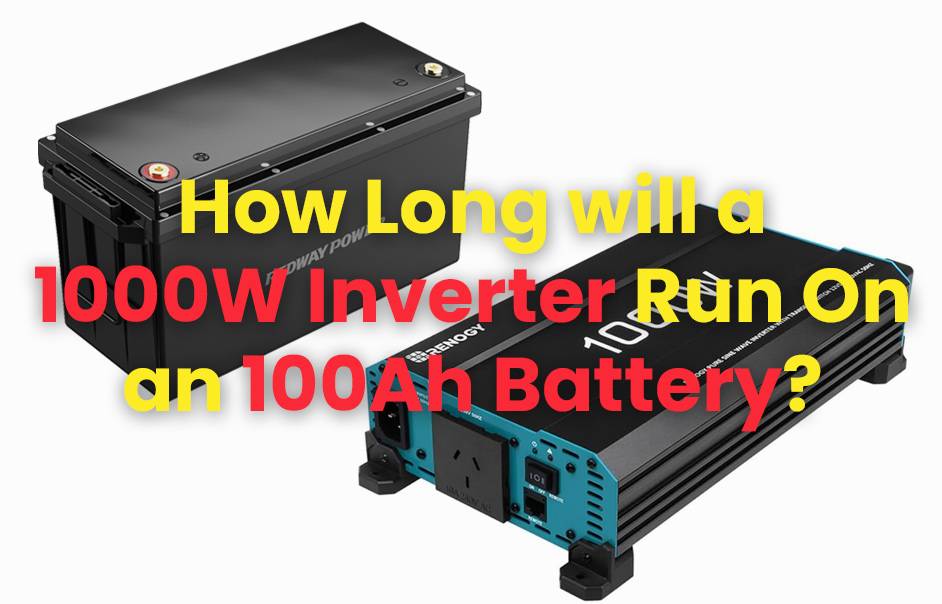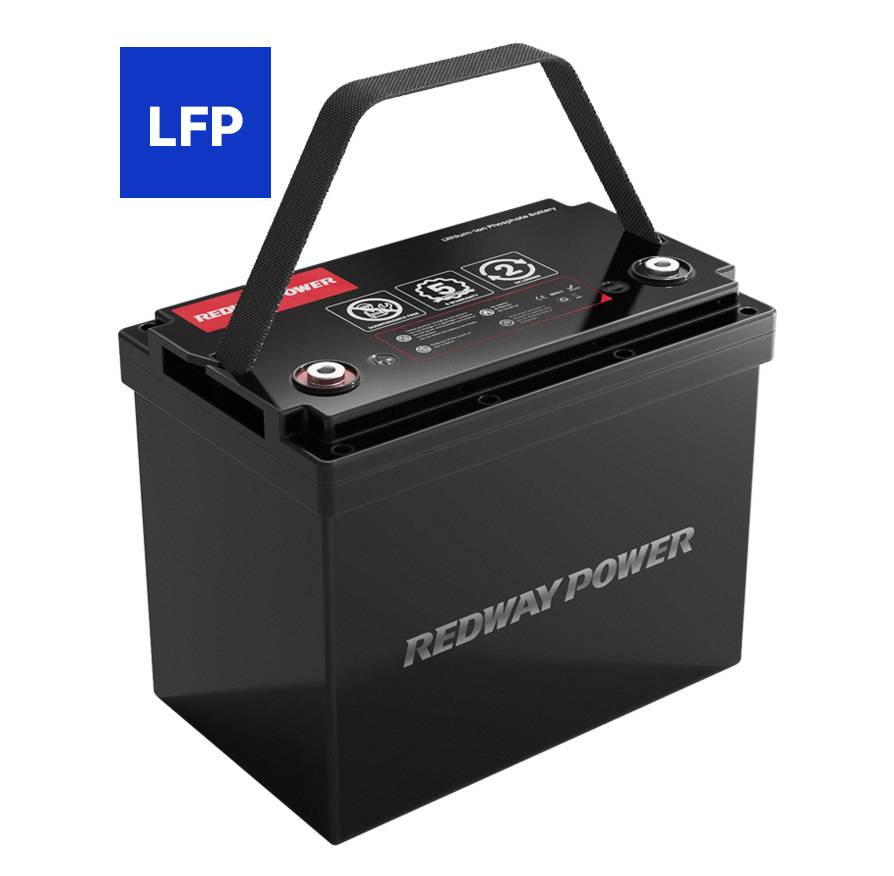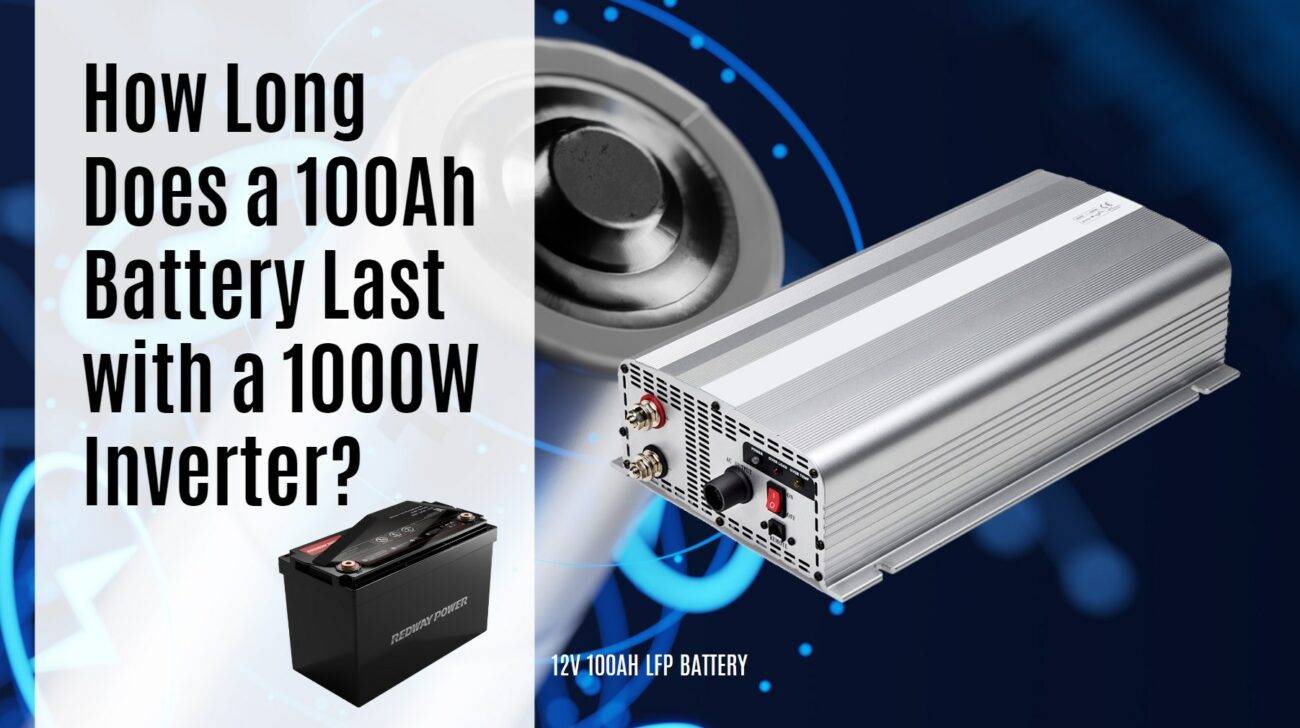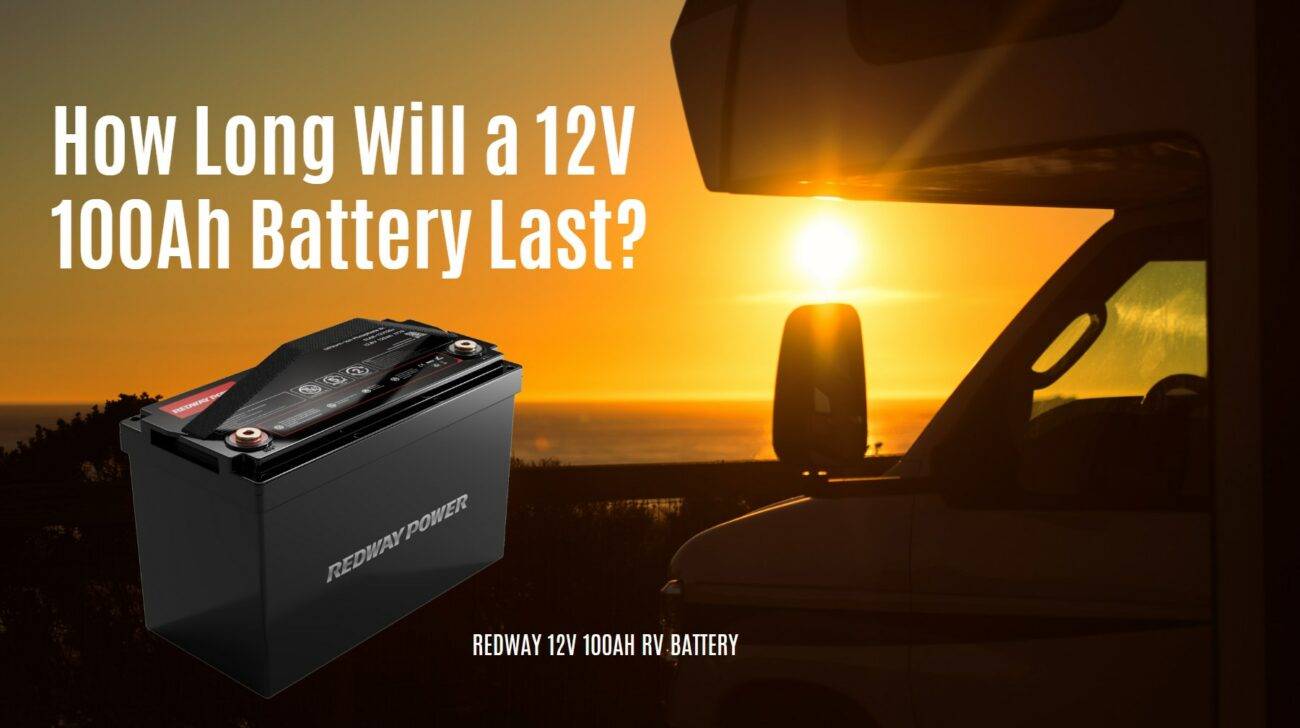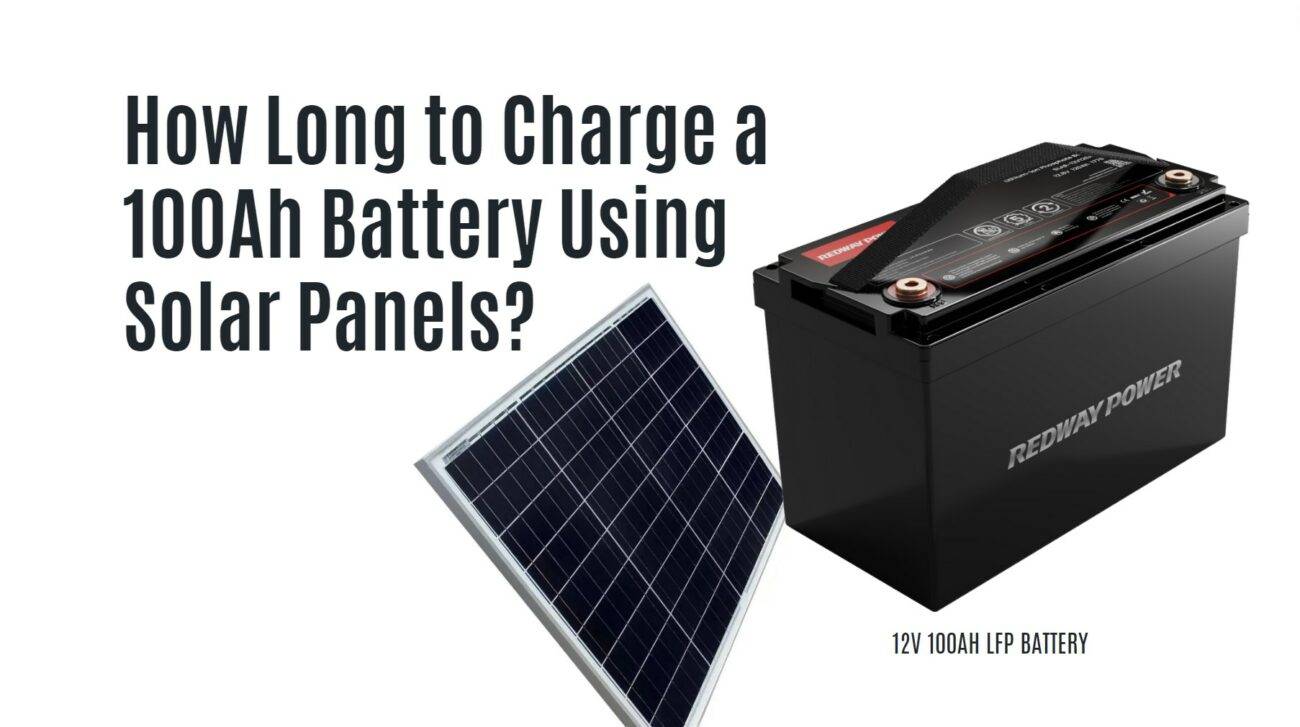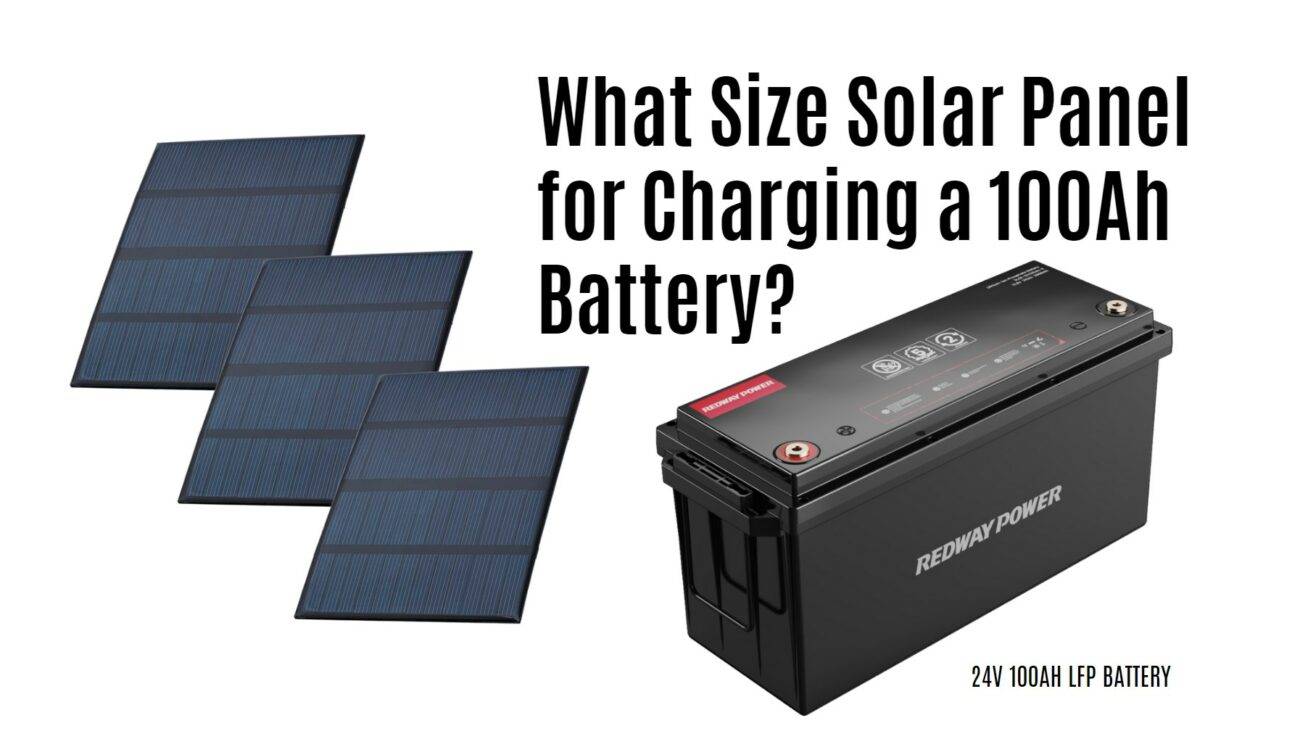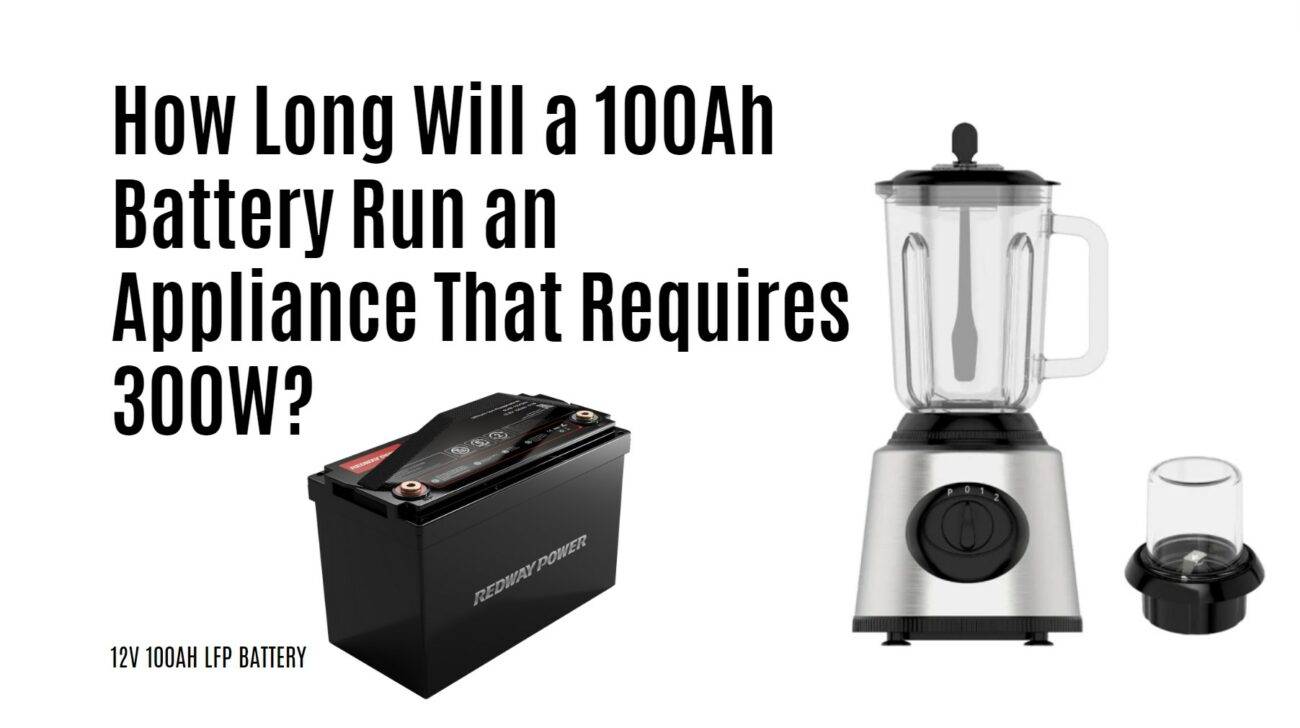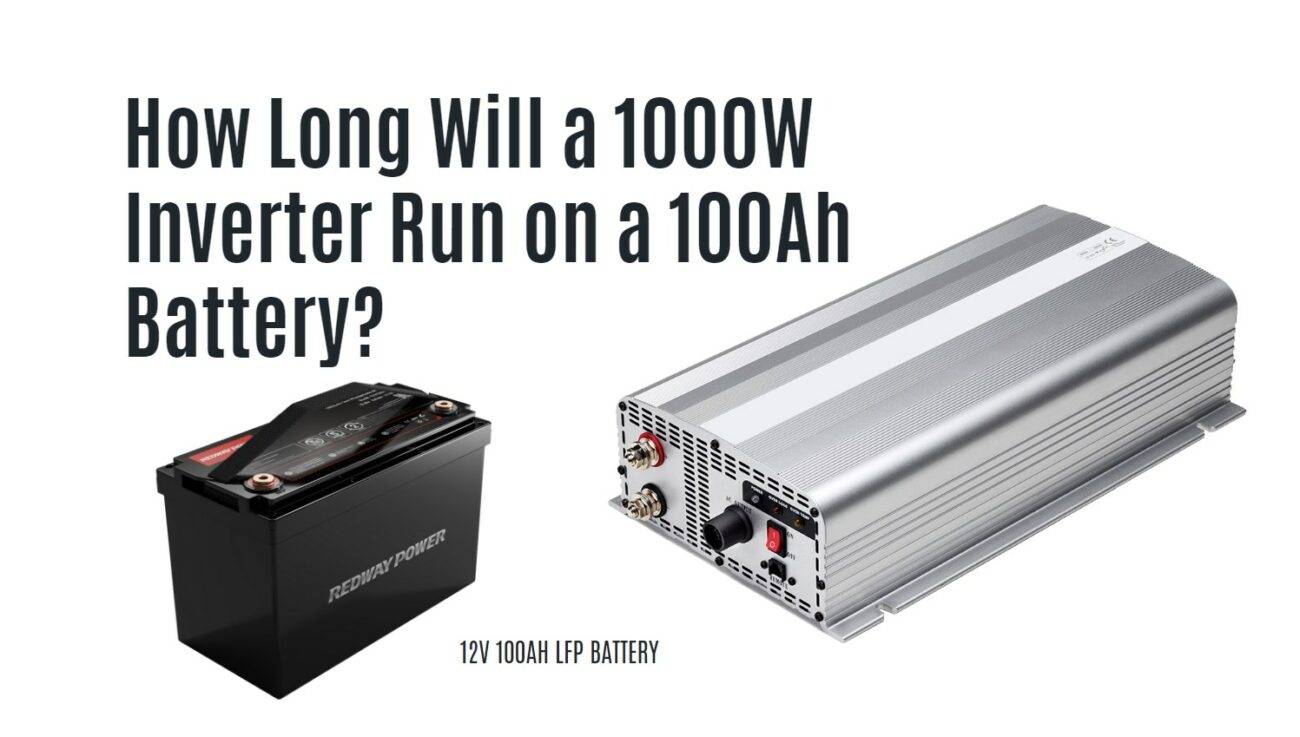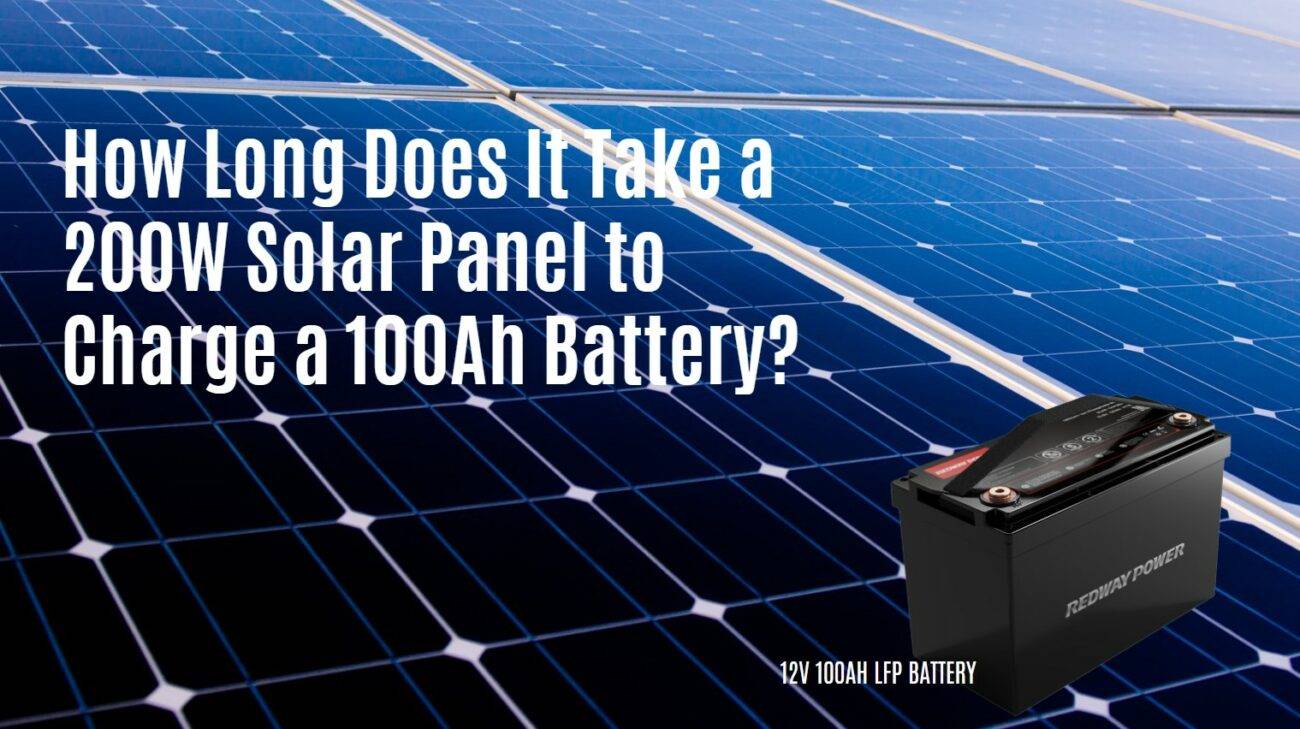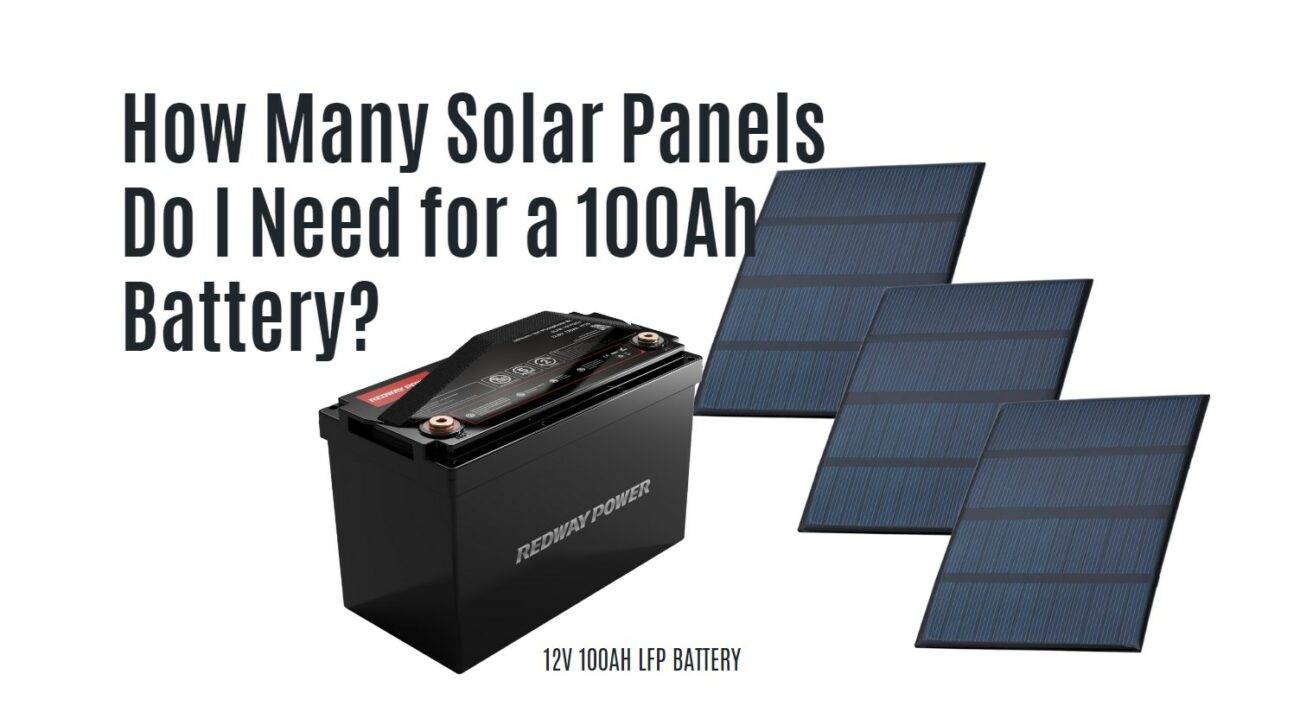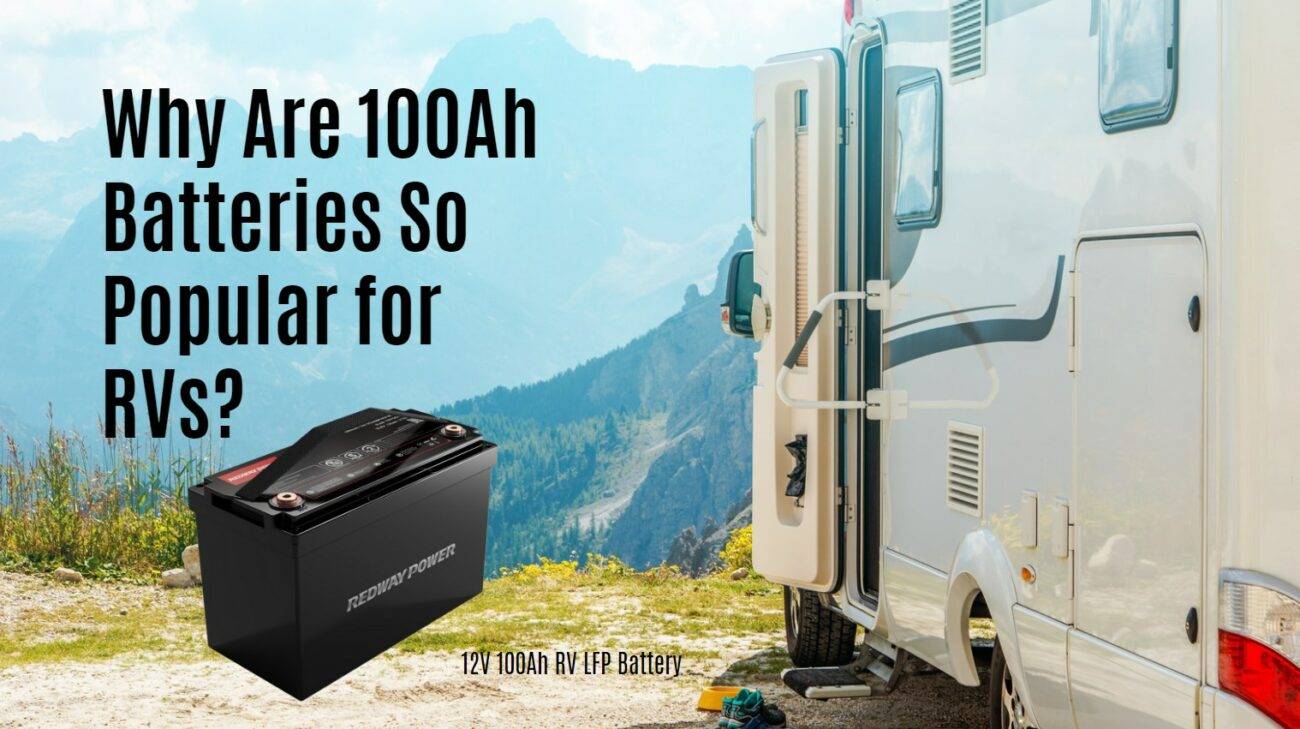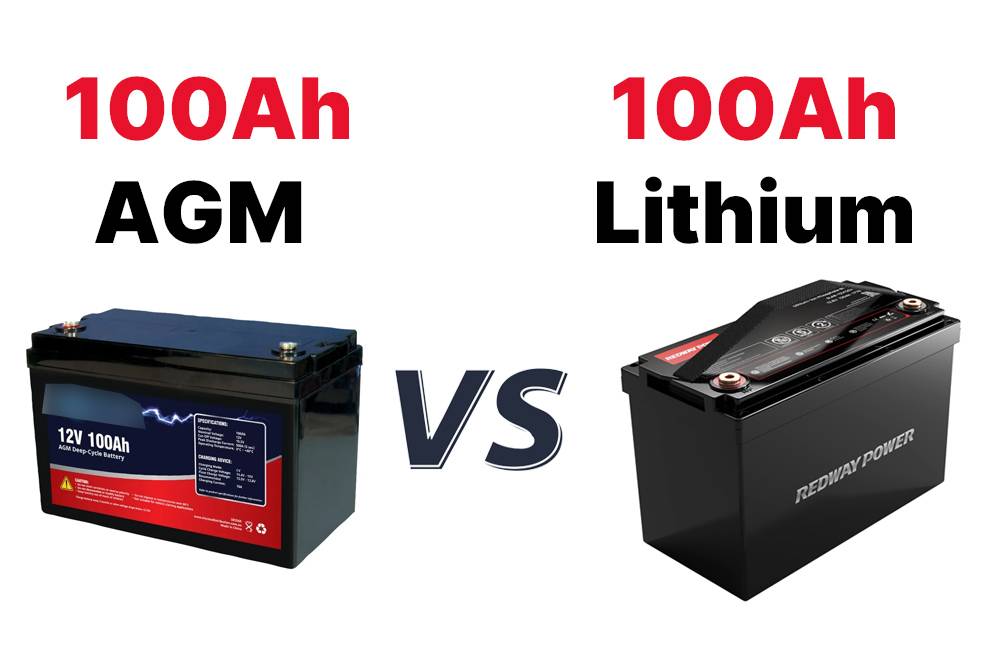Are you curious about how long a 1000W inverter can run on a 100Ah battery? Well, you’ve come to the right place! In this blog post, we will delve into the fascinating world of inverters and batteries, uncovering the secrets behind their power capabilities. Whether you’re an avid camper looking to power your appliances or simply want to understand how these devices work together, we’ve got you covered. So sit back, relax, and let’s dive into this electrifying topic!
Understanding Inverters and Batteries
Calculating Power Consumption
. Appliance Wattage:
- Identify the wattage rating of your appliances; this information is often on labels or specification sheets.
- Create a list and sum up all the wattages for calculation.
2. Conversion to DC:
- Multiply the wattages of AC appliances by 1.2 to convert to DC, accounting for inverter inefficiency.
- This step ensures accurate calculations for the inverter’s power consumption.
3. Usage Duration:
- Determine the intended usage time for connected devices during power outages or off-grid scenarios.
- Multiply this duration by the total calculated wattage to gauge power needs.
4. Battery Runtime Estimate:
- Estimate battery runtime by dividing the calculated wattage by the battery voltage (typically 12V).
- Factor in efficiency variables like temperature and discharge rate for a more accurate estimate.
5. Considerations:
- Acknowledge that these calculations offer approximate values; factors like battery age and condition can influence actual performance.
- Keep in mind that real-world conditions may vary from theoretical calculations.
In conclusion, mastering the calculation of power consumption is essential for determining how long your 1000W inverter can operate on a 100Ah battery. Grab your pen and paper to ensure a reliable power setup for your needs!
Factors Affecting Battery Life
1. Power Consumption Rate:
- The rate at which power is drawn significantly impacts battery life.
- Higher power consumption depletes the battery’s capacity faster, affecting overall longevity.
2. Appliance Efficiency:
- The efficiency of devices or appliances in converting electricity is a crucial factor.
- Appliances with higher energy consumption rates can accelerate battery drain.
3. Temperature Influence:
- Temperature, whether extreme heat or cold, plays a pivotal role in battery life.
- Maintaining moderate temperatures is vital for optimal battery efficiency and prolonged lifespan.
4. Maintenance Practices:
- Regular monitoring of charge levels and proper charging/storage practices is essential.
- Effective maintenance contributes to extended battery lifespan and consistent performance.
5. Battery Quality and Age:
- Consider the quality and age of your batteries in assessing performance.
- Older batteries may have reduced capacities, impacting their ability to sustain heavy loads.
Understanding and managing these factors is key to optimizing the performance and longevity of your 100Ah battery when paired with a 1000W inverter. Prioritize efficient power use and proper maintenance for an effective and durable power setup.
Using a 1000W Inverter with a 100Ah Battery
1. Inverter and Battery Basics:
- A 1000W inverter paired with a 100Ah battery supplies continuous power for various applications.
- Inverter wattage determines power draw, while battery amp-hour (Ah) rating indicates duration.
2. Runtime Calculation:
- Convert watts to amps (around 83.3A for a 1000W inverter at 12V).
- Factor in inverter inefficiencies during conversion for accurate runtime estimation.
3. Temperature and Load Factors:
- Higher temperatures reduce efficiency and battery capacity.
- Heavy loads drain batteries faster; consider these variables for runtime estimates.
4. Appliance Efficiency:
- Choose energy-efficient appliances to optimize inverter setup usage.
- Turn off unnecessary equipment to conserve power and extend overall runtime.
5. Alternative Power Sources:
- For longer durations or higher-power needs, consider solar panels or generators.
- Inverters with batteries are ideal for short-term use or emergencies.
6. Real-world Considerations:
- Acknowledge that the provided calculation is an estimate based on ideal conditions.
- Actual results may vary; testing the setup beforehand ensures more accurate runtime expectations.
Whether for short-term use or emergencies, understanding the dynamics between a 1000W inverter and a 100Ah battery, considering various factors, allows you to optimize power usage and plan accordingly for your specific needs.
Tips for Optimizing Inverter and Battery Usage
1. Power Consumption Assessment:
- Evaluate your power needs by determining the wattage of connected devices.
- Avoid unnecessary overloading of the 100Ah battery by mindful power usage.
2. Energy-Efficient Appliances:
- Opt for devices with high energy efficiency ratings for extended inverter runtime.
- Choose appliances designed for off-grid use to reduce overall power consumption.
3. Battery Maintenance:
- Regularly maintain the battery by monitoring charge levels and preventing deep discharges.
- Clean terminals and address corrosion to enhance the battery’s overall lifespan.
4. Smart Charging Practices:
- Follow manufacturer recommendations for optimal charging times and methods.
- Avoid overcharging or undercharging to preserve battery longevity and performance.
5. Power Usage Monitoring:
- Track power consumption of connected devices to identify excessive power draws.
- Make adjustments to improve overall efficiency and maximize battery capacity.
6. Temperature Considerations:
- Be mindful of extreme temperature conditions impacting inverter and battery performance.
- Provide proper ventilation and avoid exposure to extreme heat or cold during operation and storage.
By adhering to these tips, you can optimize the usage of a 1000W inverter with a 100Ah battery, ensuring maximum efficiency and meeting your power needs effectively.
Alternative Power Sources
1. Solar Power:
- Utilize solar panels to harness the sun’s energy for an eco-friendly and sustainable power source.
- Install panels on your roof or use portable ones to directly power appliances or charge batteries.
2. Wind Turbines:
- Consider wind turbines in areas with consistent wind patterns to convert wind energy into electricity.
- Suitable for powering both small devices and larger appliances.
3. Fuel Generators:
- Provide reliable backup power with fuel generators during emergencies or high-power demands.
- Run on gasoline, diesel, propane, or natural gas for a steady electricity supply.
4. Hydropower:
- Explore micro-hydropower systems if you have access to running water on your property.
- Utilizes the force of moving water to generate electricity, stored in batteries for later use.
5. Geothermal Energy:
- Harness geothermal energy from the earth’s core for a reliable and low-carbon footprint power source.
- Converts heat into usable electrical power for residential use.
Each alternative power source comes with its unique advantages and considerations based on factors like location, budget, environmental impact, and personal preferences. Understanding these options allows you to make informed decisions for off-grid or emergency power situations, enhancing your overall preparedness.

